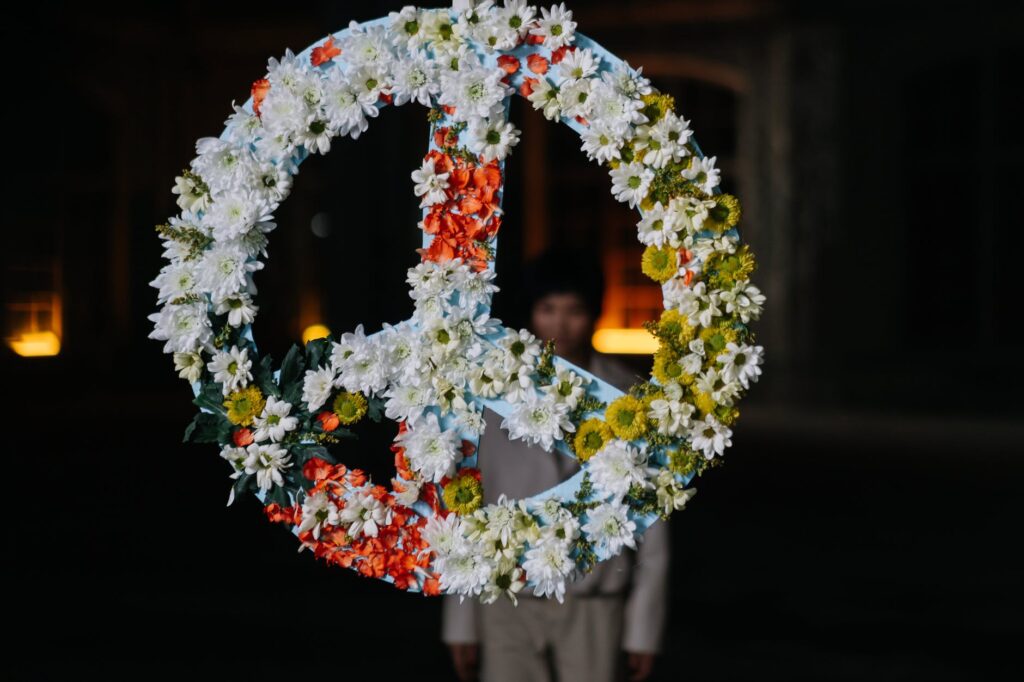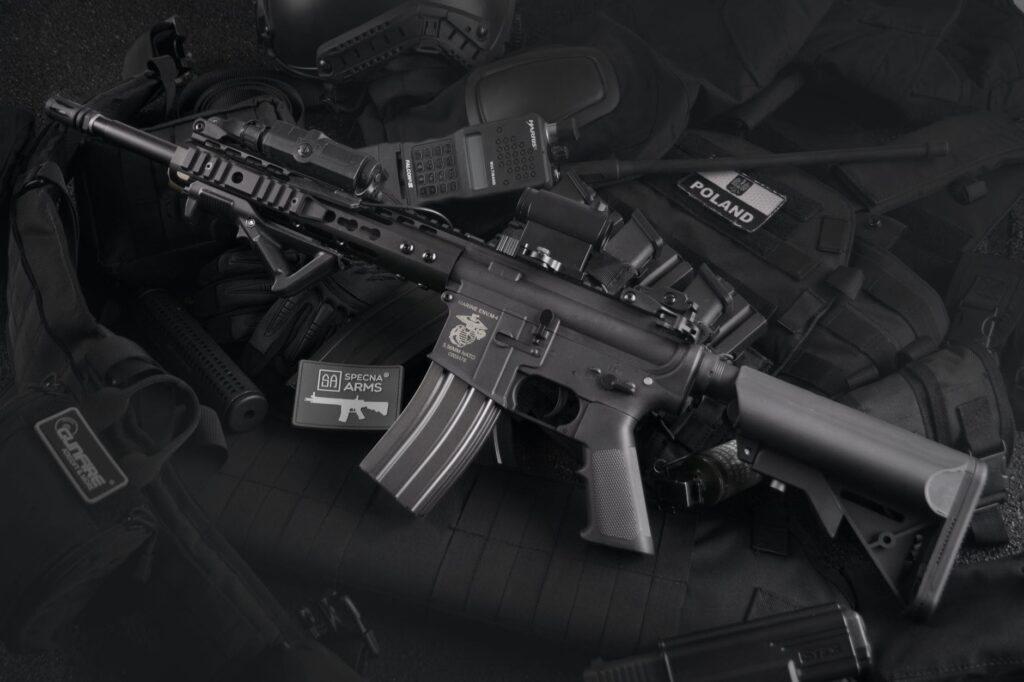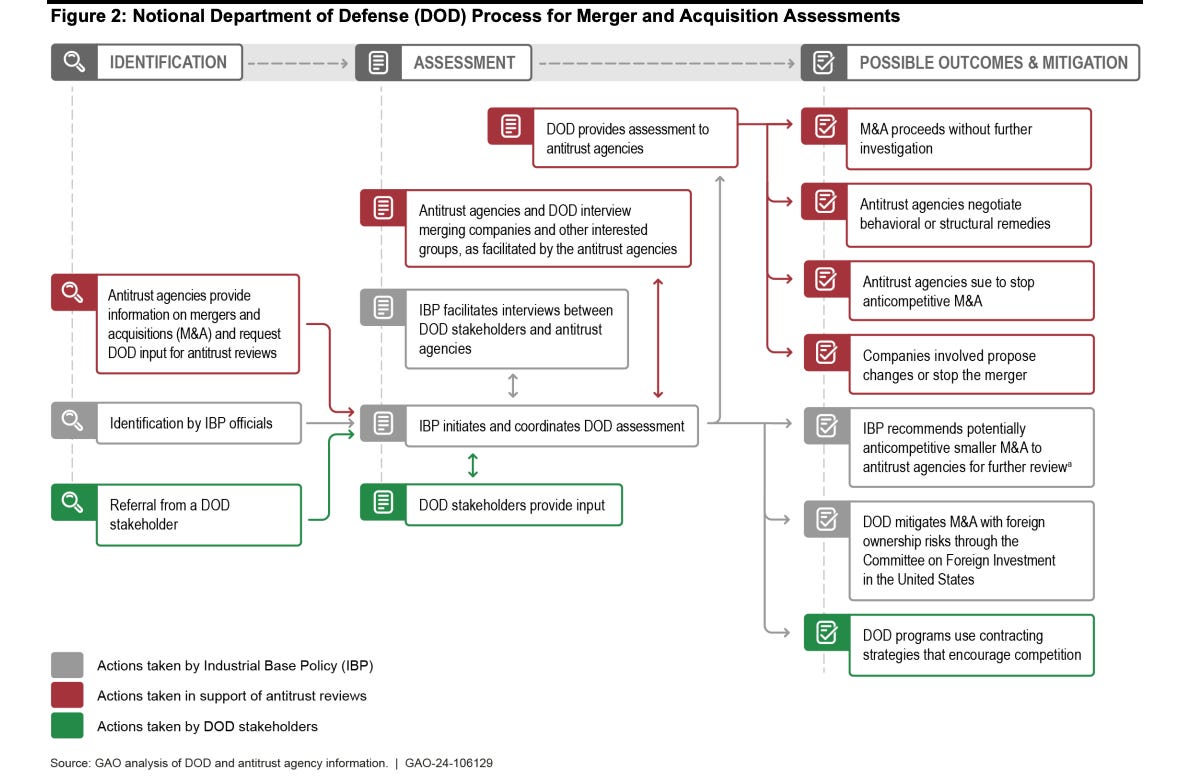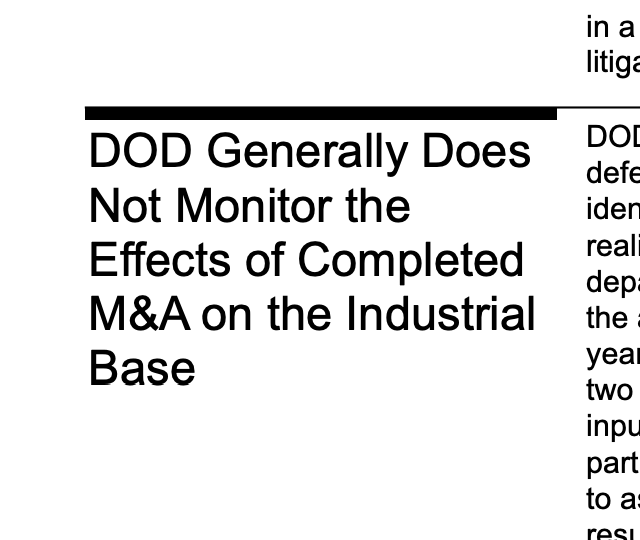By Clara Weiss, World Socialist Website, 7/9/23
The World Socialist Web Site recently spoke with Stephen Wheatcroft, professorial fellow of Russian and Soviet history at the University of Melbourne, Australia. Wheatcroft is one of the world’s leading experts on the Soviet famine and Soviet economic history more broadly. He has done extensive archival research in the former Soviet Union, and, together with the late Robert W. Davies, he co-authored a seven-volume account of Soviet industrialization. Wheatcroft also co-edited multiple documentary volumes on Soviet agriculture, 1927-1939, and authored multiple articles on the famine, industrialization and other aspects of Soviet history. He has also written on the role of statistics in Vladimir Lenin’s economic thinking and writing and the devastating impact of Stalinism on Soviet statistics.
Based on statistics and reports that became available in the aftermath of the dissolution of the Soviet Union, Wheatcroft and Davies provided a comprehensive account of forced collectivization and the famine in the Soviet Union in 1932-1933 in their 2004 volume The Years of Hunger. Their account, unparalleled to this day, is an unanswerable refutation of the now widely promoted lie that the famine constituted an ethnically targeted genocide of Ukrainians or Kazakhs or other specific peoples of the USSR.
The WSWS established contact with Stephen Wheatcroft over our review of Timothy Snyder’s Bloodlands. While legitimizing the Ukrainian far-right distortions of the history of the famine and Soviet history more broadly, Snyder in his book falsely claims to rely on Wheatcroft’s and Davies’ work on the famine. In discussion with the WSWS, Wheatcroft spoke about his findings on the famine, the history of the false claim that the famine constituted an ethnically targeted genocide, the attacks on the concept of objectivity in history, and the current climate in academia. The interview has been edited for length and clarity.
***
Clara Weiss: The Soviet famine and its impact in Ukraine is one of the most complicated and politically loaded subjects of Soviet history. Can you describe how the scholarship on the Soviet famine has developed over the past decades? How would you summarize the key findings of your own research?
Stephen Wheatcroft: The question of responsibility for the famine in Ukraine is very important, especially at this difficult time when very incendiary claims are being made. During the first Cold War, I thought it important to try to maintain a sense of realism when looking at the Gulag. The reality of the Gulag was abhorrent in itself. To exaggerate its size by a factor of more than four or five, as did those who claimed that there were 8-12 million people in the Gulag on the eve of World War II, diminished the impact of the Gulag by making it less real. The exaggerated scale fitted in with the idea that repression was the totality of what the Soviet Union was about. I hope that I played a role in undermining the totalitarian view of Soviet politics and in establishing a more realistic understanding of the scale and nature of repression and politics in the Soviet Union.
In the 1970s, as a student, I was able to spend two years studying in Moscow on a British Council Exchange at the Moscow Institute of National Economics: The Plekhanov Institute, and it had a profound effect on my outlook and understanding of Soviet society. I got to know and understand many leading Soviet historians, especially Viktor Danilov. Such exchanges are no longer possible, and the possibilities of us improving our understanding of different cultures is made more difficult.
The opening of the Soviet archives in the 1990s was a great breakthrough in our understanding of Soviet history. There was a brief period when Robert Conquest and other Cold War warriors and enthusiasts for totalitarianism claimed that the materials emerging from the archives about the scale of repression that challenged their views were all fakes, but eventually they were forced to accept that the data emerging from the archives were real, although they still managed to avoid admitting that their previous estimates of the scale of repression were wrong.
When working on our book on the Soviet famine and food problems of 1931-33, R.W. Davies and I were able to use the state and party archives (up to the party Central Committee level). And even though we could not directly access the Politburo and State Security archives, our work with Viktor Danilov and his group gave us some access to these materials also. We thought that our book [Wheatcroft/Davies, The Years of Hunger, 2004] had resolved many of the earlier disputes over the nature and causation of the famine. We concluded our volume by distinguishing our views from those of Robert Conquest. Conquest, we wrote, had claimed “that Stalin ‘wanted a famine,’ that ‘the Soviets did not want the famine to be coped with successfully,’ and that the Ukrainian famine was ‘deliberately inflicted for its own sake.’ This leads him to the sweeping conclusion: ‘The main lesson seems to be that the Communist ideology provided the motivation for an unprecedented massacre of men, women and children.’” [The Years of Hunger, p. 441.]
We concluded:
We do not absolve Stalin from responsibility for the famine. His policies towards the peasants were ruthless and brutal. But the story which has emerged in this book is of a Soviet leadership which was struggling with a famine crisis which had been caused partly by their wrongheaded policies, but was unexpected and undesirable. The background to the famine is not simply that Soviet agricultural policies were derived from Bolshevik ideology, though ideology played its part. They were also shaped by the Russian pre-revolutionary past, the experiences of the civil war, the international situation, the intransigent circumstances of geography and the weather, and the modus operandi of the Soviet system as it was established under Stalin. They were formulated by men with little formal education and limited knowledge of agriculture. Above all, they were a consequence of the decision to industrialise the peasant country at breakneck speed. [The Years of Hunger, p. 441]
One of the reasons why we felt so confident that the situation had changed and that the views of those like Conquest who had earlier argued that the famine had been caused by Stalin on purpose were no longer tenable was because we had the rare experience of hearing from our main opponent that he had changed his mind. Conquest had been sent a pre-publication copy of our book to review, and to our amazement he wrote to us saying that he would give us a good review, provided that we corrected one thing in our conclusions. He asked us to publicly state that it is not his opinion “that Stalin purposely inflicted the 1933 famine. No. What I [Conquest] argue is that with resulting famine imminent, he could have prevented it, but put ‘Soviet interest’ other than feeding the starving first—thus consciously abetting it.” We were delighted to comply with Conquest’s wishes and added his statement above to our footnote 145, and duly received Conquest’s blurb: “‘A truly remarkable contribution to research into this important field.’ Robert Conquest, Hoover Institution.”
At this point we really thought that we were emerging from the Cold War historical distortions. If Conquest himself now denied that the famine was caused on purpose, how could anyone continue that argument?
Little did we know. In Ukraine, James Mace, my old friend Stanislav Kul’chitskii and the Ukrainian Parliamentary Commission would continue to claim that the famine was not only caused on purpose, but was a genocide. They would later be joined by Timothy Snyder (2011) and Anne Applebaum (2017). Surprisingly, they all cited Conquest as one of the major authorities to justify this claim. I have tried to object to the false references to Conquest and to the swell of popularity that these claims have had, but they have continued and now the war in Ukraine has added to the public pressure to accept the incorrect and simplified view that Russia has always harboured genocidal views against Ukrainians. The genocide thesis certainly had a boost with increasing anti-Russian attitudes, and now the war has super-charged the boost.
CW: Can you speak on the historical origins of the claim that the famine that occurred in the Soviet Union in 1932-1933 was an ethnically targeted genocide and explain how the statistics that became available after 1991 helped to conclusively refute such claims?
SW: “Genocide” has all kinds of definitional problems. It is much easier to speak of purposive killings of large groups of people, selected for ethnic or other reasons.
Let us recall that we started from a position where the Soviets were totally denying that there was a famine at all. At that point, it was a question of was there a famine or was there not a famine. That soon then became a question of whether the famine was “man made”—but when they spoke of a “man-made” famine at that time, they meant was it a consequence of policy or was it a “natural famine” as a result of the weather. Within Ukrainian nationalist circles, and earlier under the Nazis, there probably had been claims of all sorts of things, but within academic circles the idea of purposive killing was not considered seriously.
Once the statistics became available [in the 1980s], and it became clear that there was a famine, no one was really denying that there was a famine and that it was largely the result of policy. That is when the debates about “purposive killing” began. In the United States, it was James Mace who was the first promulgator of that. I played some role at the time in criticizing him. The other one I remember quite distinctly is the Ukrainian historian Stanislav Kul’chitsky, who I have known for years. Kul’chitsky was the first Ukrainian historian I know who very distinctly wanted to talk about genocide, but at the same time he was opposing Robert Conquest’s figures on the scale of the deaths. We were planning to write an article together with Sergei Maksudov [Harvard University] on this until I pulled out once I realized that he was determined to use the word “genocide” to describe the famine.
Historians like Andrea Graziosi, who also uses the word “genocide,” emphasize the importance of punitive measures like the “black-boarding” of groups who failed to fulfill their plans of central grain procurement. But as I’ve pointed out, once data became available at the rayon [regional] level, and we could map fairly accurately where the famine was occurring, it was clear that the famine was not located in the major grain procurement regions. [In Soviet Ukraine] it was in the Kiev oblast, which is not a major grain procurement area and did not have many “black boards.”
That’s why I’ve offered the following hypothesis: something that does fit the facts, both the chronology and the geography showing why the famine was particularly serious in Kiev oblast. This was because Ukrainian failure to fulfill the grain collection plan resulted in reduced allocations of grain to the major Ukrainian city of Kiev.
Kiev city did not have much of its urban population on central rations. Only two factories had category one rations. Most of the population of this enormous city were not supplied by central grain supplies. It was consequently up to local agencies working within the confines of Kiev oblast, using decentralized collections after the ending of centralized grain collections, to provide the grain to feed the population of the city of Kiev. That is why there were such severe procurements carried out in Kiev oblast. As far as I can see, they were not centralized collections that were collected to ship out for Moscow. These were local agents collecting grain to feed Kiev city. Of course, Kiev city needed feeding because there was no grain from the rest of the country.
This does not lessen the seriousness of the situation, but it makes it far more difficult to argue that it was done on purpose. We are talking about complex processes that have consequences that people do not necessarily understand. But they [both central and local agencies] were determined to push ahead whatever the consequences. There was a ruthless lack of consideration. I still see it as criminal, but it is not purposeful or intentional murder or genocide. Historians can only continue to call it a genocide by refusing to unpack what is meant by genocide, and by ignoring the chronology and geography of where the most intense famine occurred.
There’s some confusion about the use of the term “Holodomor.” Holodomor literally just means “Hunger to the extent of death.” I am not in principle opposed to the word. Language develops over time when there is a need for greater precision. The Slavic languages are rather strange in having a relatively narrow spectrum of words indicating different degrees of hunger, in comparison with English or German. If it’s just used as a term for famine, there’s nothing particularly wrong with that. But extending that to a completely different phenomenon with this great national and spiritual significance is another matter. It sounds similar to the Holocaust, bizarrely.
CW: That’s not bizarre, it was intended. The reason why the Ukrainian nationalists pushed the term “Holodomor” in the 1980s was the rise of Holocaust research and the exposures in the 1980s of the role of Ukrainian nationalists in the genocide of the Jews. They were trying to equate the famine with the genocide of European Jewry.
SW: Yes, that is perfectly clear. That is also why [some Ukrainian nationalists and James Mace] insisted that the number of victims of the famine in Ukraine was 7 million, more than the 6 million [who died in the Holocaust]. These are parts of the origins.
CW: Timothy Snyder and Anne Applebaum effectively adopt the Ukrainian nationalist narrative of an ethnically targeted genocide in their works. Now these “narratives,” although disproven by your own work and that of other historians, are taught in schools. The German government has even banned denial that the famine was a “genocide.” The Ukrainian far-right routinely attacks and denounces those who insist on the historical truth about the famine. What, in your assessment, are the implications of this development for historical scholarship and historical knowledge?
SW: It’s not new. I think this is a second Cold War. The equivalent to Snyder and Applebaum for earlier generations was a figure like Robert Conquest. But during the first Cold War, Conquest was always more on the fringes of academe apart from the Hoover Institution at Stanford University. But there were many academics even at Stanford University arguing against the Hoover Institution, [opposing] that such a brazenly political, non-scientifically oriented organization should have a position within the university.
That there are Cold War ideologues who are writing histories that are extraordinarily popular is not new. What is new is the collapse of the academic discipline of history in the face of that. The Hoover Institution’s position within academia—even within Stanford—is a symbol of what’s now happening across the entire discipline. I remember the surprise during perestroika when Gorbachev, during his first visit to America, insisted that he should go and visit not a decent academic institute but, actually, Hoover Institution. That seemed to give it a kind of boost.
Having lived through the first Cold War, when I had many academic debates with Robert Conquest, in some regards the situation is very different. There has been a shift in the historical profession which has made people less interested in trying to understand what really happened, because that is talking in old fashioned objectivity terms and one doesn’t do that.
The profession is now more interested in what it “felt like.” What it “felt like” to be a victim, what it “felt like” to be the grandmother or mother who lost her children, or siblings in the famine, etc. I do not want to diminish their personal losses and tragedy, but I do think we’ve lost something. Maybe I’m an old fashioned economic historian who is still thinking in terms of trying to be objective. I’m finding that I’m in a very minority position within much of the discipline.
CW: What you describe is very much bound up with the dominance of postmodernism—the concept that there is no objective truth. Of course, one cannot fully reflect the objective truth as a historian, but one can approach it and must seek to study it as a historian. Instead, everything is reduced to opinions, feelings, how people see the world, and not, as you said, what actually happened.
This goes beyond the field of history, in fact, but it has perhaps the most damaging impact in history. This also legitimizes people like Snyder simply changing their position from one day to the other without even offering anything approximating an explanation. Timothy Snyder was once asked in Berlin why he no longer mentioned the Ukrainian fascist leader Bandera in Bloodlands,even though he wrote an entire book about the crimes of the Ukrainian far-right earlier. He responded, “In one’s life, one writes many books.” This may be something a fiction writer can say, but not a historian. If you change your assessment as a historian, which may at times be necessary, you have to provide documentary evidence and justification.
SW: Yes, in Conquest’s times, it was clear that he had been employed by the British government in a position which was concerned effectively with producing anti-Soviet propaganda. What we’ve got with Applebaum and Snyder is more a “journalistic” approach of trying to find things that will respond to various audiences. It would, in fact, be difficult to treat Applebaum as a real historian. She was just a journalist who at a certain point decided to write for a different audience. By contrast, with Snyder’s earlier writings, you can see that he was a historian, although he’s moved towards a more populist approach.
CW: I’d like to come back to the question of what that means for the historical profession and the intellectual climate. The Ukrainian far-right, as I’m sure you are aware, is exerting immense pressure in academia. There are funding issues involved, but it’s more than that. You will have also heard that, in a parallel development, Polish historians of the Holocaust are now routinely attacked by the far-right.
SW: Yes, and the Stephen Cohen affair in the US—that was absolutely monstrous, the way in which the American Slavic profession responded to him just because he advocated friendlier ties with Russia. It’s perhaps one of the biggest examples of how things have gone completely off the rails.
[Stephen Cohen was a professor of politics at New York University and well-known public intellectual. A biographer and admirer of Nikolai Bukharin, he opposed the anti-Russia witch-hunt in the US media, exposing some of its most glaring contradictions and lies, and warned of a war against Russia.]
CW: He was persona non grata by the end of his life.
SW: It’s odd. I suffered quite a bit back in the 1970s and 1980s by debating Conquest—it got pretty robust at various times, but it’s gotten a thousand times worse since then. I’d very much like to find a way in which we could discuss things without getting out of control.
CW: What, in your view, is the way forward for the writing of Soviet and Russian history?
SW: It’s very important to treat Russian history like other histories. Unfortunately, now, totalitarianism theories are making a comeback and we have crude, ethnically oriented tropes.
A removal of that Russian and Soviet exceptionalism would be a good thing. Soviet and Russian history should be integrated more with the history of Germany, Sweden and other countries. If we’re going to have a spread of genocidal theories starting in Ukraine, moving to Kazakhstan and other places, we’re not getting into the objectifying, normalizing study of the country on a scientific basis.
Last week I was in Sweden and Finland, where I was talking with local historians about the 1860s harvest failures in the Baltic area, trying to fit parts of the Russian Empire that were affected into that history. It is important to treat them as countries having similar problems to neighbouring countries regarding the impact of weather, the politics of relief measures and the ensuing demographic and epidemiological consequences. I would like to extend such work into the 20th century, comparing Russian and Soviet food problems in World War I and World War II with those in other countries, and comparing Soviet and Chinese food problems in the early stages of their forced industrialization, and I have already done some work on these. [1]
CW: Thank you very much. I appreciate that you took the time to do this interview. I think it is important for historians like you to speak up and contribute to a change in the cultural and intellectual climate that is so urgently necessary.
SW: I’d like to thank you. I am very sympathetic to your views and the way you have been checking references that have often been wrongly applied. Perhaps I’ve been getting a bit lazy in my old days, thinking that I fought my battles earlier on and that there’s no need to keep on fighting them, but maybe one ought to keep going.





